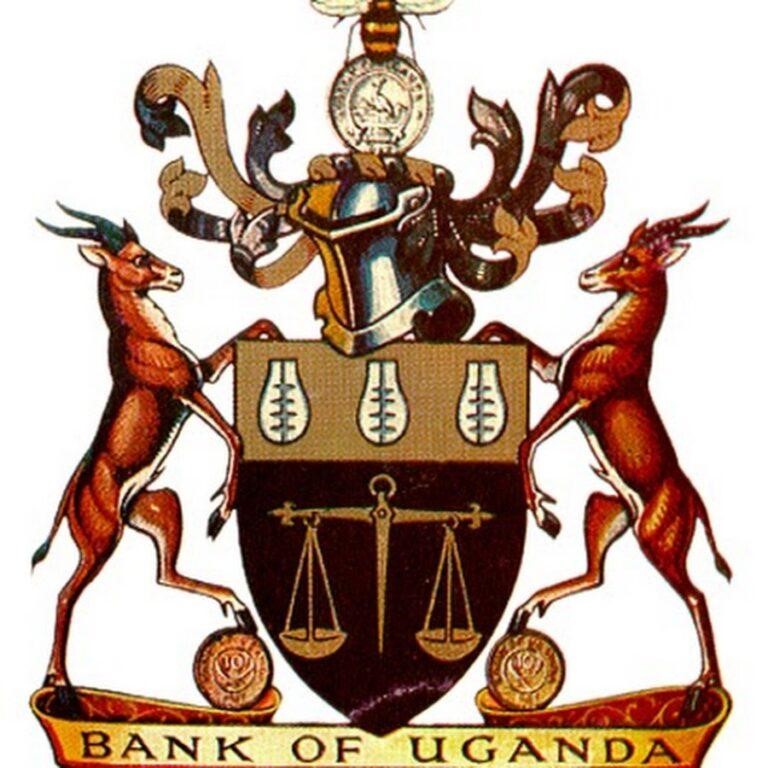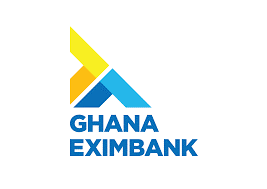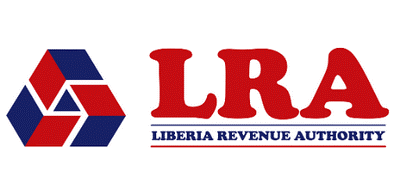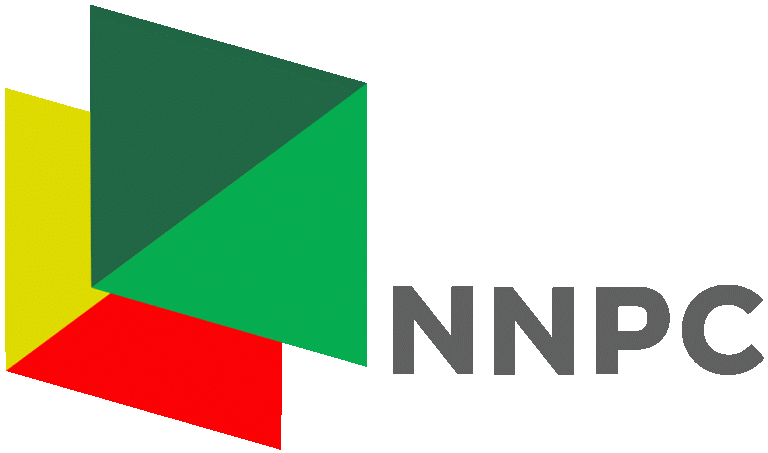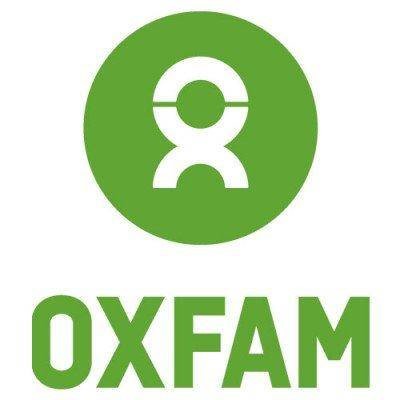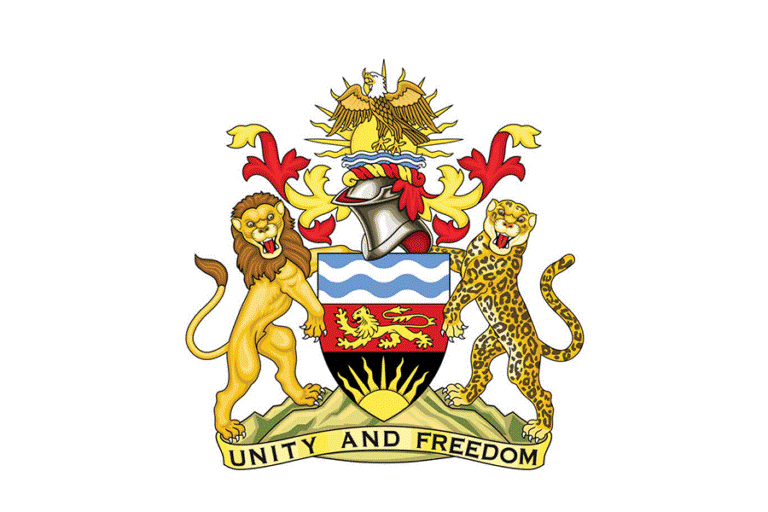Digital Communication Strategies for Central Banks Training Course
INTRODUCTION
In the digital age, central banks face unique challenges when it comes to communicating effectively with the public, stakeholders, and markets. The rapid expansion of digital platforms, social media, and 24-hour news cycles has transformed how information is shared and consumed. Central banks must now develop and implement strategic digital communication plans to ensure their messages are accurate, transparent, and timely, while also engaging a wide audience.
The Digital Communication Strategies for Central Banks training course is designed to equip central bank professionals with the skills and tools to navigate the complexities of modern digital communication. Participants will learn how to craft compelling messages, manage their institution’s online presence, engage with the media and public, and maintain trust in the digital era.
The course concludes with a practical workshop where participants will develop their own digital communication strategy tailored to their central bank’s needs. They will leave with actionable insights, a framework for implementation, and enhanced confidence in handling digital communication challenges.
DURATION
5 days
COURSE OBJECTIVES
By the end of this course, participants will:
- Understand Digital Communication – Grasp the principles and best practices of digital communication relevant to central banks.
- Develop Strategic Messaging – Create impactful and clear messaging tailored for digital platforms, enhancing transparency and engagement.
- Manage Online Reputation – Learn how to protect and enhance the central bank’s reputation through effective digital communication.
- Leverage Social Media – Gain insights into using social media platforms like Twitter, LinkedIn, and YouTube to engage with the public, financial markets, and stakeholders.
- Improve Audience Engagement – Learn to use data and analytics to understand audience behavior and improve engagement.
- Navigate Crisis Communication – Understand how to manage digital communication during times of crisis or uncertainty.
- Enhance Media Relations – Foster strong relationships with digital media outlets, journalists, and influencers to maintain an effective information flow.
COURSE CONTENT
Module 1: Introduction to Digital Communication in Central Banking
- The role of digital communication in modern central banks
- How digital transformation has changed public communication expectations
- Key differences between traditional and digital communication
Module 2: Crafting Strategic Digital Messaging
- Developing core messages for different digital platforms
- Tailoring messages to diverse audiences: The public, financial institutions, media, and policymakers
- Importance of tone, transparency, and consistency in digital communication
- Examples of effective central bank digital messaging
Module 3: Leveraging Social Media for Central Banks
- Overview of key social media platforms (Twitter, LinkedIn, YouTube, etc.) and their specific uses in central banking
- Best practices for social media content creation, timing, and engagement
- Engaging with followers: Two-way communication and feedback management
- Handling sensitive topics and preventing misinformation in social media channels
Module 4: Website and Digital Platform Management
- Building an effective central bank website: Design, accessibility, and user experience (UX)
- Integrating multimedia content: Blogs, infographics, podcasts, and videos
- Developing a content calendar for digital platforms
- Ensuring cybersecurity and data protection on digital platforms
Module 5: Audience Engagement and Analytics
- Understanding audience behavior through data analytics
- Tracking and measuring engagement across digital platforms
- Using data-driven insights to improve communication strategies
- Tools for monitoring and analyzing social media and web traffic (e.g., Google Analytics, social media dashboards)
Module 6: Crisis Communication in the Digital Age
- How to manage digital communications during a financial or reputational crisis
- Real-time crisis communication: Responding quickly on social media
- Developing a crisis communication plan for digital platforms
- Case studies of successful digital crisis communication by central banks
Module 7: Media Relations in the Digital Era
- Engaging with digital media and journalists in an evolving media landscape
- Writing effective press releases and digital announcements
- Handling interviews, press conferences, and live streams on digital platforms
- Building relationships with financial influencers and bloggers
Module 8: Managing Online Reputation and Public Trust
- Best practices for protecting the central bank’s reputation online
- Responding to misinformation, rumors, and fake news
- Ensuring transparency and maintaining public trust in the digital world
- Long-term strategies for building a positive online presence
Module 9: Digital Communication for Financial Education
- Using digital platforms to educate the public about central bank policies
- Creating financial literacy campaigns through social media and websites
- Partnering with educational institutions and influencers to boost outreach
- The role of digital communication in promoting economic inclusion
CERTIFICATION
- Upon successful completion of this training, participants will be issued with Macskills Training and Development Institute Certificate
TRAINING VENUE
- Training will be held at Macskills Training Centre. We also tailor make the training upon request at different locations across the world.
AIRPORT PICK UP AND ACCOMMODATION
- Airport pick up and accommodation is arranged upon request
TERMS OF PAYMENT
- Payment should be made to Macskills Development Institute bank account before the start of the training and receipts sent to info@macskillsdevelopment.com
Digital Communication Strategies For Central Banks Training Course in Kenya
| Dates | Fees | Location | Action |
|---|---|---|---|
| 20/10/2025 - 24/10/2025 | $1,500 | Mombasa |
|
| 27/10/2025 - 31/10/2025 | $1,250 | Nairobi |
|
| 03/11/2025 - 07/11/2025 | $4,000 | Johannesburg |
|
| 10/11/2025 - 14/11/2025 | $2,900 | Kigali |
|
| 24/11/2025 - 28/11/2025 | $1,250 | Nairobi |
|
| 01/12/2025 - 05/12/2025 | $2,900 | Kigali |
|
| 08/12/2025 - 12/12/2025 | $1,250 | Nairobi |
|

